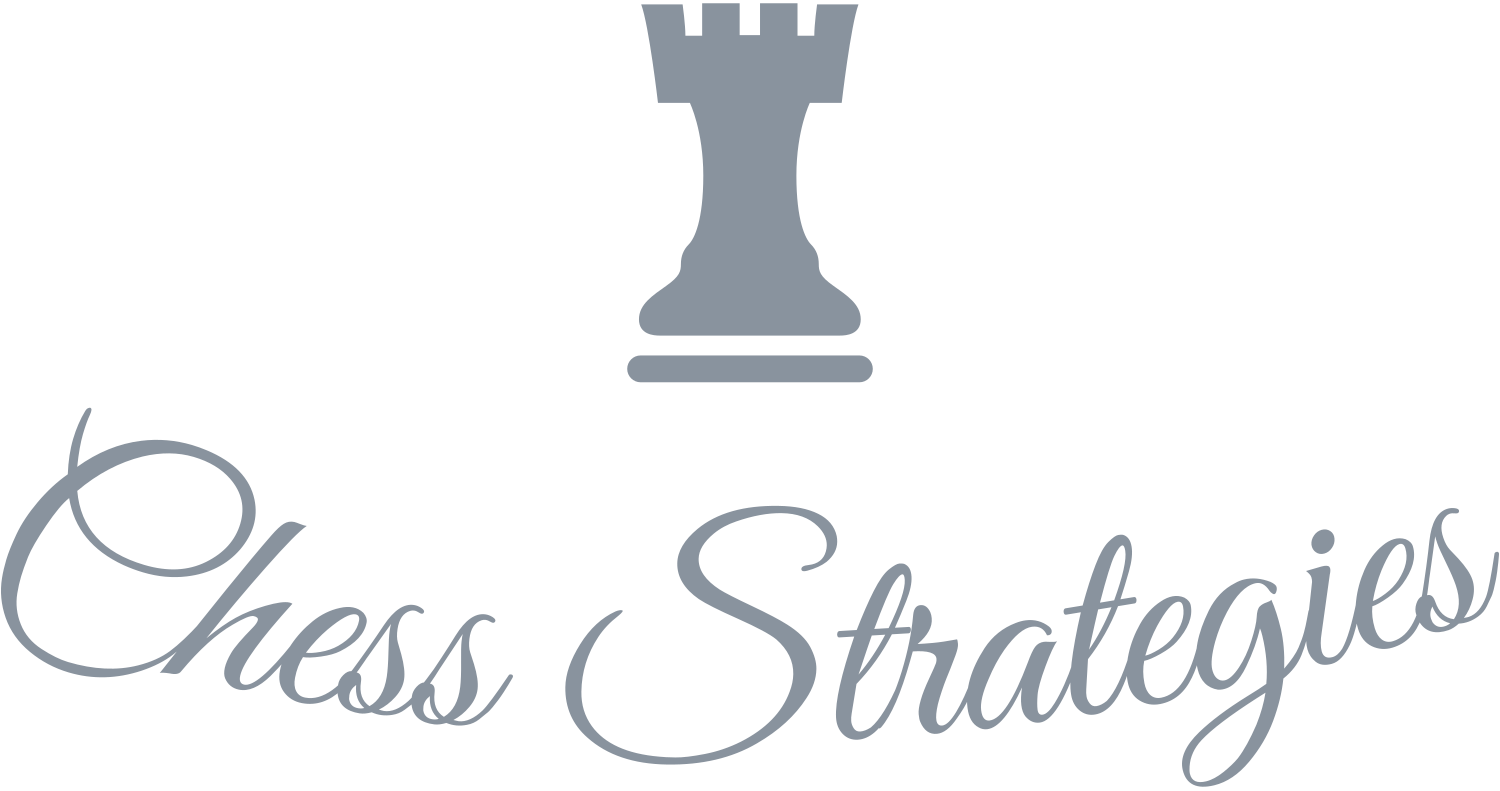Top 5 Essential Chess Strategies for Beginners: Mastering the Game from the Start
As an avid chess player, I remember how daunting it was when I first began to learn chess strategies as a beginner. There was so much to take in, from basic opening principles to advanced tactical patterns and positional play. But with practice and persistence, I was able to improve my gameplay and win more games. In this article, I’ll share some of the insights I’ve gained over the years that helped me develop my chess skills.
Top 5 Chess Strategies for Beginners
Controlling the Center
Controlling the center of the board is one of the most important chess strategies for beginners. The center of the board is where the most action takes place and controlling it gives players an advantage in the game.
Here are some tips for controlling the center:
- Occupy the center with pawns and pieces
- Avoid moving too many pawns early in the game, as this can make it harder to control the center
- Place your pieces on squares that control the center
Here’s an example of controlling the center in action:
1.e4 e5 2.Nf3 Nc6 3.d4 exd4 4.Nxd4 Bc5 5.Be3 Qf6 6.c3 Nge7 7.Bc4 O-O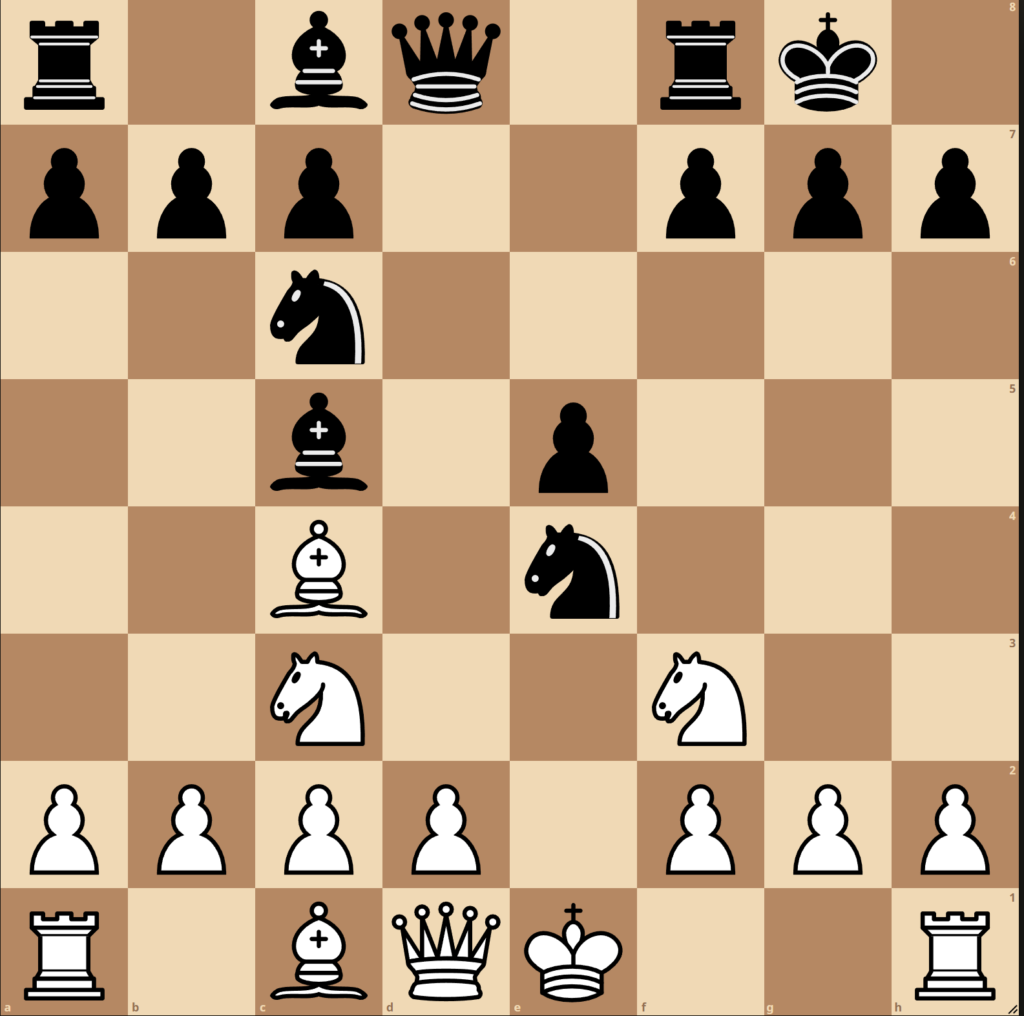
In this example, both players are fighting for control of the center of the board. Black has already given up control of the center pawn but is trying to regain control by putting pressure on the white knight with their bishop.
Developing Pieces
Developing pieces is another crucial strategy for beginners. Developing your pieces means getting them off their starting squares and into positions where they can be more effective.
Here are some tips for efficient piece development:
- Develop your knights and bishops early in the game, as they are your most flexible pieces
- Castle your king to safety as soon as possible
- Avoid moving the same piece multiple times in the opening phase
Here’s an example of good piece development in action:
1.e4 e5 2.Nf3 Nc6 3.Bc4 Bc5 4.c3 Nf6 5.d4 exd4 6.cxd4 Bb4+ 7.Nc3 Nxe4 8.O-O Bxc3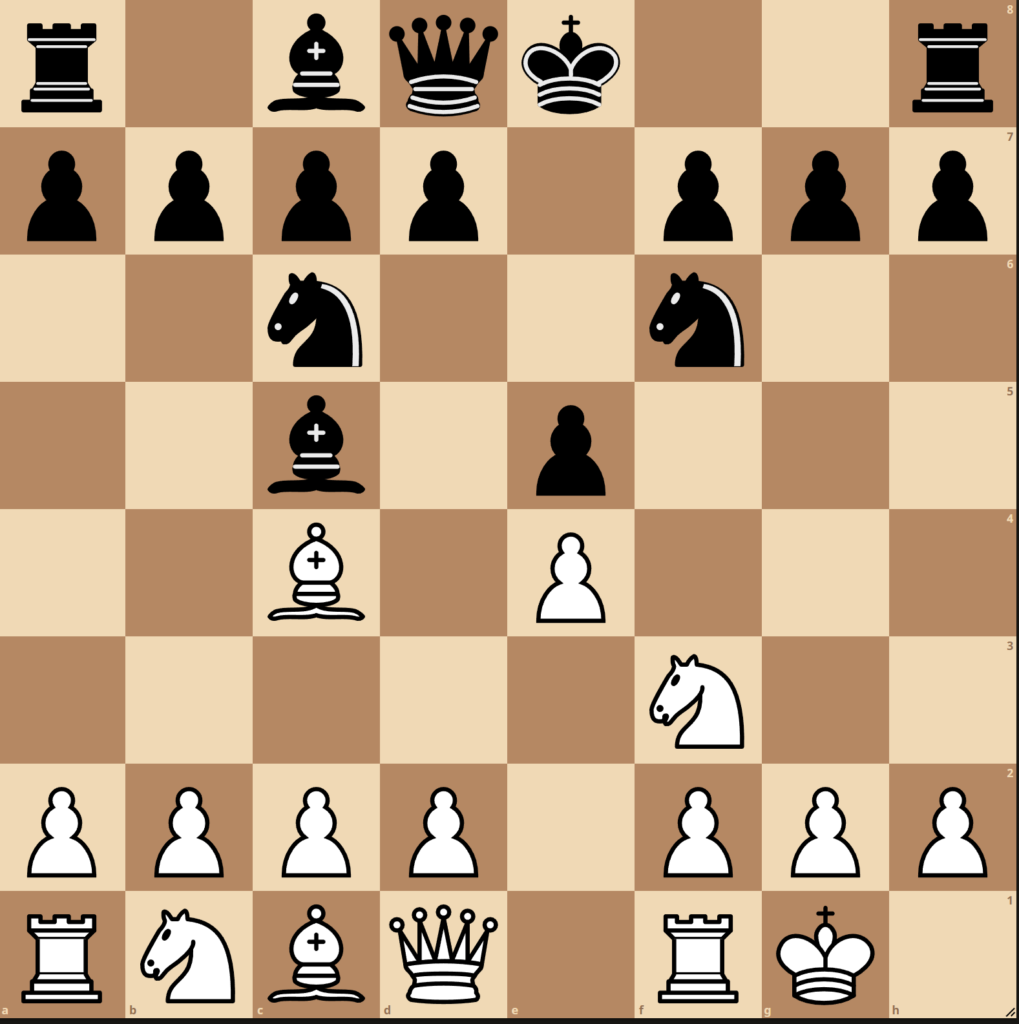
In this example, both players have developed their knights and bishops to good squares, and Black has also brought their queen out to put pressure on White’s position.
Protecting the King
Protecting the king is an essential strategy for beginners to learn. The king is the most important piece on the board, and losing it means losing the game.
Here are some tips for keeping your king safe:
- Castle, your king to a safe position early in the game
- Avoid moving too many pawns in front of your king, as this can weaken your position and create targets for your opponent
- Be mindful of your opponent’s attacking pieces and look for ways to defend against them
Here’s an example of good king safety practices in action:
1.e4 e5 2.Nf3 Nc6 3.Bc4 Bc5 4.d3 d6 5.c3 Bb6 6.O-O h6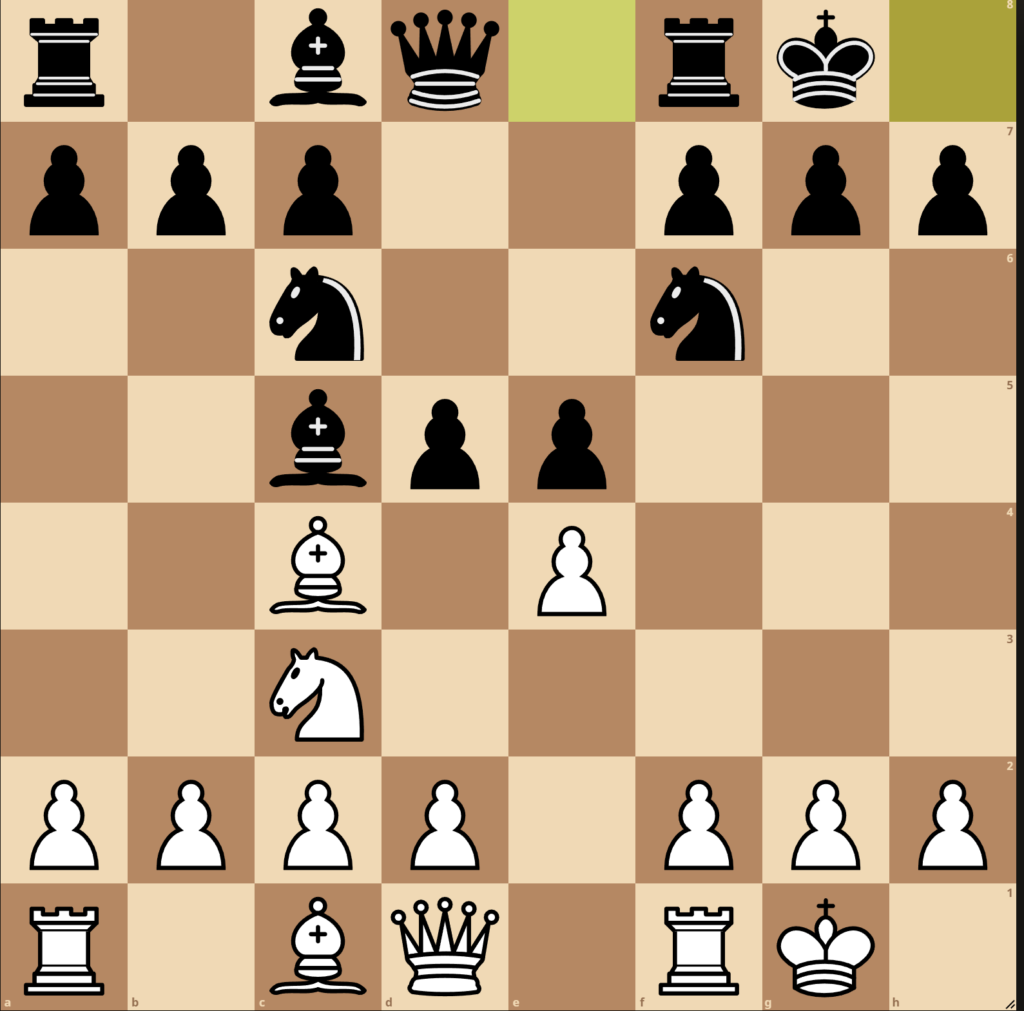
In this example, both players have castled their kings to safety and are developing their pieces. Black has also moved a pawn in front of their king, but this is not a problem yet, as there are no attacking pieces nearby.
Recognizing and Exploiting
Tactical Patterns Recognizing and exploiting tactical patterns is another important strategy for beginners. Tactical patterns are common sequences of moves that can lead to material gains or checkmate.
Here are some tips for recognizing and exploiting tactical patterns:
- Look for common tactical patterns such as forks, pins, and skewers and discovered attacks
- Be mindful of your opponent’s pieces and how they can be used to create threats
- Look for ways to create your tactical threats and put pressure on your opponent’s position
Here’s an example of a tactical pattern in action:
1.e4 e5 2.Nf3 Nc6 3.Bc4 Bc5 4.O-O d6 5.c3 Bg4 6.h3 h5 7.hxg4 hxg4 8.d4 exd4 9.cxd4 Nxd4 10.Nxd4 Qh4 11.f3 g3
In this example, Black has set up a powerful tactical threat with their pawn advance to h5. If White captures the pawn, Black can deliver checkmate with a queen sacrifice on h4. White tries to defend against the threat by moving their knight, but Black’s final move delivers checkmate anyway.
Using Basic Endgame Techniques
Finally, using basic endgame techniques is an important strategy for beginners. Endgame play requires a different set of skills than the opening and middle game, and learning basic endgame techniques can help you win games that might otherwise be drawn or lost.
Here are some tips for improving your endgame play:
- Learn the basic endgame positions, such as king and pawn endgames and rook endgames.
- Look for ways to improve your position and create threats, even in simplified endgames.
- Understand the concept of zugzwang, where every move weakens your position, and try to force your opponent into this situation.
Here’s an example of a basic endgame technique in action:
1.e4 e5 2.Nf3 Nc6 3.Bb5 a6 4.Bxc6 dxc6 5.d4 exd4 6.Qxd4 Qxd4 7.Nxd4 Bd7 8.Nc3 O-O-O 9.Be3 Bb4 10.Nde2 Re8 11.O-O-O Ne7 12.f3 f6 13.Nf4 Bxc3 14.bxc3 Ng6 15.Nh5 Rhg8 16.Rd2 Ne5 17.Rhd1 Be6 18.a4 Nc4 19.Re2 Nxe3 20.Rxe3 Bf7 21.Ng3 Re5 22.Rd4 Rd8 23.Red3 Rd6 24.Nf5 Rxd4 25.cxd4 Ra5 26.Nxg7 Rxa4 27.Nf5 Ra1+ 28.Kd2 Rg1 29.g4 Rg2+ 30.Ke3 Rxh2 31.f4 Rh3+ 32.Kf2 Rxd3 33.cxd3 a5 34.Ne3 a4 35.Nc2 b5 36.Ke3 Kd7
37.e5 f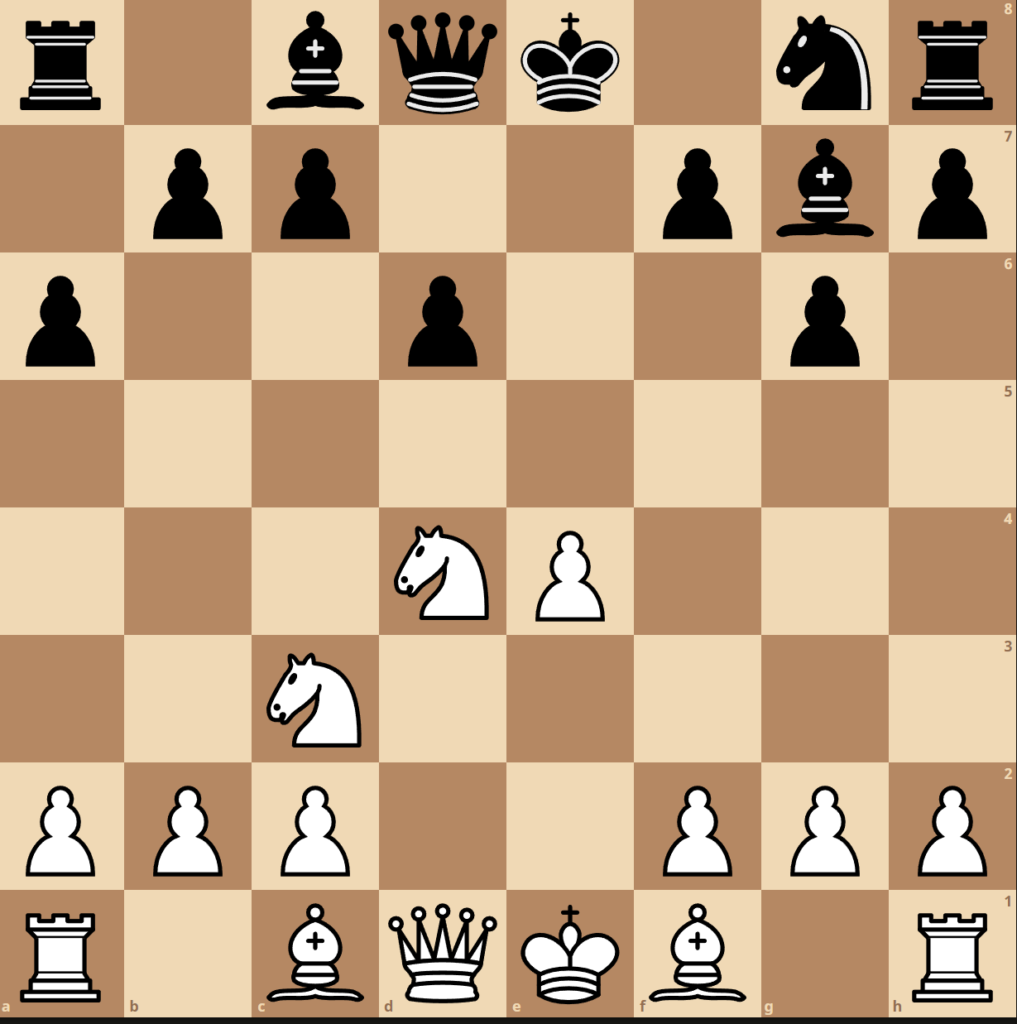
In this example, Black has a small advantage in the endgame due to the presence of a passed pawn on the a-file. However, White has an active king and an opportunity to create counterplay by attacking Black’s pawn structure. Black patiently improves their position with moves like 26… Ra2 and 31… Rh3+, while White tries to create threats with moves like 29. g4 and 35. Nc2. Eventually, Black is able to create a winning position and force a resignation.
Conclusion:
In conclusion, learning chess strategies as a beginner can be challenging. Still, with practice and persistence, it’s possible to develop a solid foundation for your gameplay and increase your chances of winning more games. By focusing on basic opening principles, common tactical patterns, positional play, and endgame techniques, and taking advantage of available resources, beginners can become skilled and confident chess players, ready to take on more advanced opponents.
